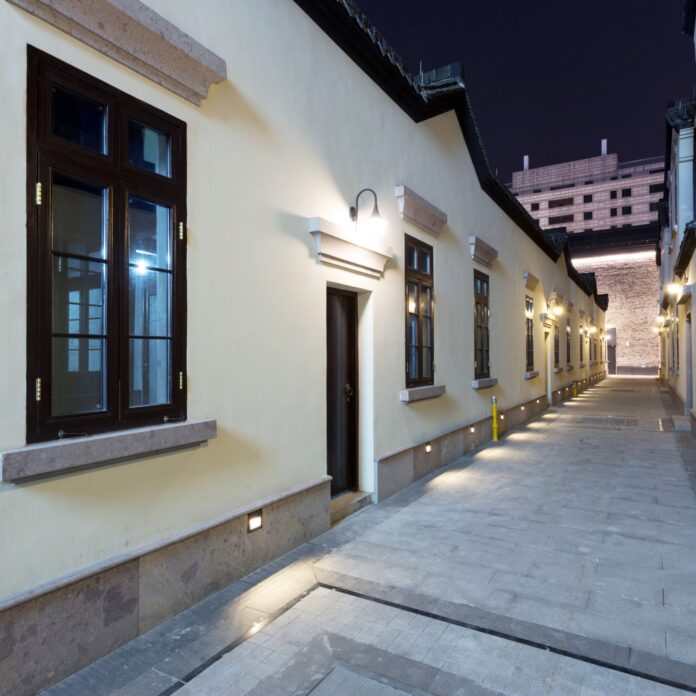For better or for worse, our mobile devices have become an integral part of our lives, and when we enter a building few things can detract from our experience as much as poor connectivity. If that building is our workplace, our productivity and job satisfaction will suffer.
Mobile operators and building owners know that users want to stay connected indoors, but someone has to invest to make that happen. In the largest public venues, multi-operator distributed antenna systems have made economic sense to wireless carriers, either because they seemed likely to yield positive returns or because the cost of not keeping subscribers connected was deemed unacceptable.
But what about the tens of thousands of other buildings around the country? Operators are often unwilling to invest in distributed antenna systems there. Building owners may investigate small cells, but these typically support just one wireless carrier.
“We call it the middleprise, where perhaps neither small cells nor DAS are an ideal fit,” said Mike Collado, VP of marketing at SOLiD Technologies. “We see an awful lot of DAS needing to look a little more like small cells, and small cells looking a little bit more like DAS.” Collado explained that small cells typically have lower price points, while DAS is more likely to support multiple operators.
“What needs to be solved is lower total cost of ownership, in order to make it attractive for the venue owner as well as the wireless operators, and flexibility to be able to support multiple services. That includes multiple operators at some point,” he said, adding that building owners are also increasingly interested in integrating their cellular solutions with Wi-Fi.
DAS providers like SOLiD are investigating digital DAS as a way to streamline design, deployment, optimization, maintenance and monitoring of in-building networks. Digital solutions use fiber instead of coaxial cable, and they can create a direct connection from the carrier’s radio to the DAS, eliminating the need for remote radio units.
Centralized head-ends can cut costs
Removing the DAS head-end from the venue is a way to cut the cost of DAS by making DAS nodes a little more like small cells. The head-end houses radio transceivers that propagate and/or convert, process or control the signals transmitted and received through the DAS nodes. Fiber can be used to connect these nodes to a remote head-end, moving the largest part of the DAS off-premise.
JMA Wireless reports that in one stadium its remote head-end solution reduced the DAS footprint by 85%, while in another a centralized head-end provided DAS service to 7 different hotels within a metropolitan area.
For a carriers, a centralized head-end can create the opportunity to spread the cost of a DAS over several deployments. It can also be easier for multiple operators to share a head-end in a neutral location instead of in a venue that has a pre-existing relationship with one carrier.
“If you can move the head-end room away to some cheaper part of the city and run fiber,
that’s a baseband hotel or a form of C-RAN (centralized RAN),” said analyst Earl Lum, president of EJL Wireless Research. “This is something that can be done today.”
Lum said that Verizon Wireless and CommScope are planning a remote head-end in Houston near the site of Superbowl LI (2017). Houston’s NRG Stadium will not house the head-end; instead it will be located offsite and fiber will be used to connect it to DAS nodes throughout the stadium and surrounding buildings. Lum said that a remote head-end DAS makes sense for a carrier like Verizon that has access to a large amount of fiber. Smaller carriers like T-Mobile US may need to lease space on these types of distributed antenna systems instead of building their own.
“If you’re leasing all that fiber, that would get really expensive and pretty much offset all the potential saving of moving the digital baseband away from the site,” said Lum.
Follow me on Twitter.

